There are few countries in the world that can boast such risky natural environment and finds herself humbled by the strength and beauty of this unique nation.
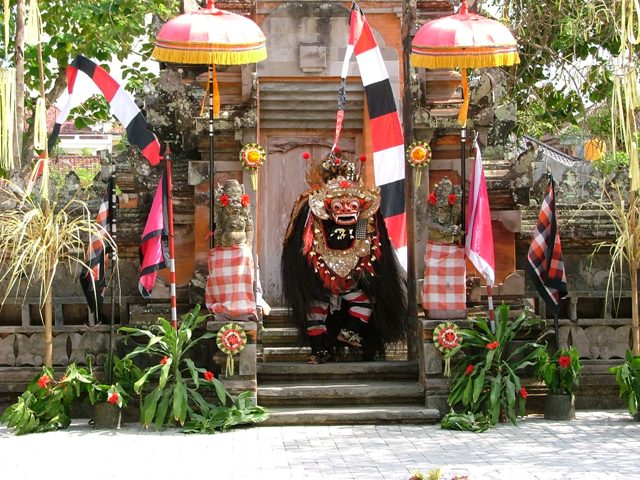
For lovers of statistics, there is much to marvel at in Indonesia but, sadly, much to sympathies with, too. This archipelago consists of over 17,500 islands, 34 provinces, and nearly 238 million people encompassing over 300 different ethnic groups, making it the world’s fourth-most populous country, but one that sees around 6,200 people dying every year due to earthquakes, volcanoes, tsunamis, forest fires, floods, and landslides. It is not just human life that suffers the impact of these natural disasters, either over US$761 million in economic damage is unleashed every year on a country already seeing 34 million of its residents living below the poverty line.
And yet history tells of foreigners coming by the thousands, tempted by the allure of natural resources and a strategic position on the trade route, while more recent foreigners come for the beautiful islands, the food, the culture, and the welcoming hospitality of the Indonesian people. It is, without doubt, an intriguing place.
The Struggle For Control
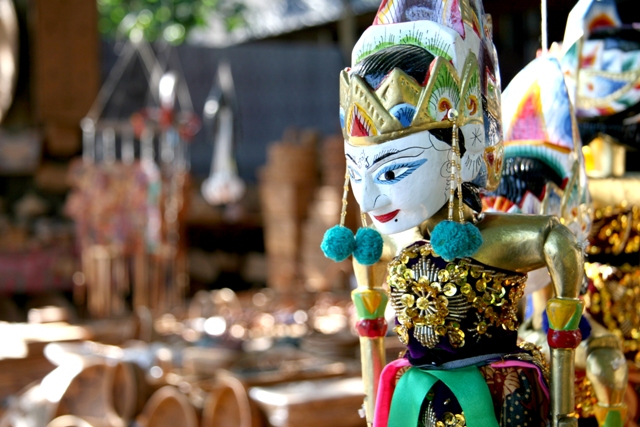
For more than 1,000 years, money-seekers have dropped anchor in Indonesia, and the earliest records show key trade routes existing between the early empires of China, India, and many parts of Southeast Asia.
In more modern times, the Europeans came knocking, their tongues tingling for spices, and the Portuguese were first to establish themselves in 1511, taking control of the whole trade network (including Indonesia) from their headquarters in Melaka before being booted out by the Dutch and their mighty Dutch East India Company.
The Dutch certainly made themselves at home, remaining in Indonesia for three and a half centuries and cultivating sugar and coffee for trade. During the heyday of this time, Indonesia was providing three-quarters of the world’s supply of coffee, and the economy was booming.
Eventually, the Indonesian people decided enough was enough. Thoughts of independence were stirring as World War II hit, and the nationalist movement eventually took the plunge and embarked on a four-year guerrilla war which ultimately, via the various atrocities than only war can bring, rid the Indonesians at last of foreign governance. On 14 August 1945, mere days after the Americans accepted Japan’s unconditional surrender, Indonesia declared itself an independent Republic, and nationalist leader Sukarno was placed in the presidential seat, and managed to maintain equilibrium in the country for over two decades before he was removed from his seat by the army, headed by General Soeharto, in 1967.
The General’s subsequent 30-year reign divided opinion – his policies brought economic stability and established the country with some kudos with the West, but he was accused of corruption and condemned for the oppressive regime he operated. In 1998, as public opinion swelled against him, he was forced to resign.
Soeharto’s exit came soon after Indonesia suffered a crippling blow in the Asian financial crisis in 1997, which saw the rupiah losing 80% of its value against the dollar and leaving the country – once wealthy thanks to its oil reserves – in dire financial straits. No ASEAN country was hit harder by the financial turmoil than Indonesia.
In this bleak atmosphere, with Soeharto out on his ear, Indonesia held its first democratic elections and, in 1999, welcomed in its first publicly voted leader, Abdurraham Wahid.
Nature’s Reckoning
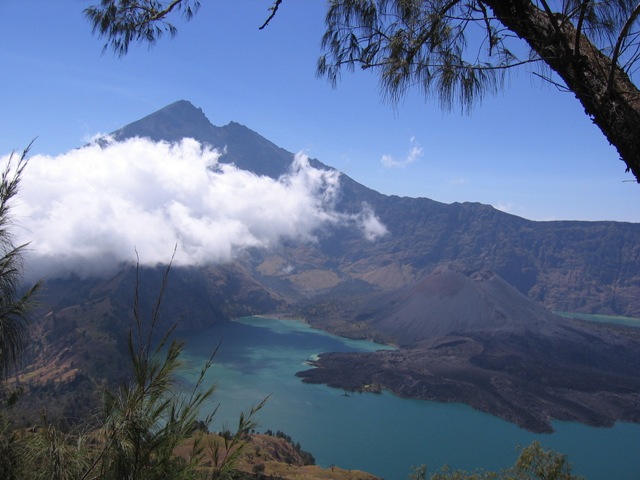
While man may have had plenty of say in Indonesia’s fortunes, Mother Nature’s whims have been just as impactful, and Indonesia suffers continually for its geographical positioning. Between the Northern tip of Sumatra and the Lesser Islands, the Indo-Australia and Eurasia tectonic plates meet, with the former forced beneath the latter, creating a network of fault lines that serve up natural disasters as and when they so desire.
Indonesia’s geography has been shaped by this tenuous plate placement, and many mountains and hundreds of volcanoes can credit the fault lines for their birth. The latter are world-renowned for their damage – more than 150 of the 400 volcanoes are still active – and no eruption is more terrifying to recall than the mighty explosion of Krakatoa in 1883. For a period of two days, this volcano let rip with a series of cataclysmic eruptions that succeeded in destroying two-thirds of the island on which it sat, causing tsunamis of up to 40m high and an estimated death toll of 36,000 people. The cloud of sulphuric acid that was released into the atmosphere altered the earth’s temperature, the blast could be heard from as far away as Turkey, and around 70% of the planet experienced atmospheric colour displays and vivid sunsets and sunrises for years following the eruption.
The disasters that have been rolling over Indonesia in more recent times are not quite as explosive as the 1883 Krakatoa eruption, but they have been nonetheless horrendous for the people affected. The December 2004 tsunami that ravaged much of the region’s coast line and claimed hundreds of thousands of lives was caused by an earthquake off the north coast of Indonesia’s Sumatra island, while the May 2006 earthquake in Yogyakarta was responsible for 5,700 deaths. And these are only the large earthquakes – the internet records the earthquake activity in the country and, on nearly any given day, Indonesia can expect a quake to shake the foundations of their land and remind them that their lives are never completely secure.
Survivors
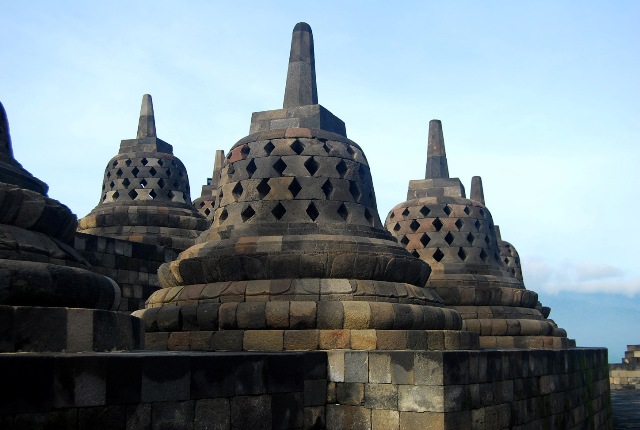
Despite being pushed and pulled by foreigners and nature in equal measure, the cultural heart of Indonesia beats strongly, and there are few nations in the world that can boast such diversity and variety as this collection of islands that bob south of Malaysia like a smile.
The country is predominantly Muslim – Islam was brought in by Indian traders in the 8th century – but Hinduism, Buddhism, and Confucianism are also nationally recognised and were prevalent before Islam thanks to the various Chinese and Indian empires that occupied the land.
Catholicism and Protestantism were brought in by the Europeans and remain to this day, but there are also many recognised traditional faiths amid the hundreds of ethnic groups and, thanks to the mountains and the sea carving up the nation, much of the culture has survived the years of foreign influence.
The diversity is quite extraordinary, and while the Javanese make up a plurality of the population, there are more than 700 dialects and languages spoken across the hundreds of ethnic groups, as well as widely varying rituals and beliefs practiced: the Javanese have layers of formality built into their language, while the Minangkabu of Sumatra still stick to their ancient matrilineal society, with daughters inheriting the family wealth.
It seems only appropriate that the nation’s motto is Bhinneka Tunggal Ika – “Unity in Diversity” – and it is little wonder that Indonesia is so beloved by so many people, not least the proud citizens who are quick to spout effusively on the natural splendours (and there are more than you can count), the cultural intrigues, the food, the climate, and, perhaps most wonderfully, their fellow Indonesians.
———————————————————————————————————
INDONESIA Size: 1,904,569 km2 (World rank: 15th) Population: 237.4 million (2011)
Capital city: Jakarta
Largest city: Jakarta
Government: Unitary presidential constitutional republic
Official language: Indonesian
GDP PPP*: $4,943
HDI**: 0.617, medium (World rank: 124th)
Currency: Indonesian rupiah (1MYR = 3,026IDR)
*GDP per capita, purchasing power parity, international dollars **Human Development Index, a comparative measure of life epectancy, literacy, education, standards of living, and quality of life for 187 countries worldwide.
NOTABLE FACTS:
An archipelago comprising over 17,500 islands, Indonesia is home – in whole or in part – to half of the world’s six-largest islands (New Guinea, Borneo, Sumatra) and the world’s most populous island, Java, with its 133 million inhabitants.
Indonesia has over 150 active volcanoes, including Krakatoa, Tambora, Mt. Merapi, Mt. Agung, and Mt. Rinjani. Some of the most devastating eruptions in human history occurred in this region, including the Lake Toba supervolcano eruption in Sumatra some 70,000 years ago.
The archipelago of Indonesia, straddling the equator, separating two oceans, and possessing over 80,000km of coastline and vast tracts of rainforest, supports the second-highest level of biodiversity on Earth. Nearly 40% of the mammals and 36% of the bird on these islands are endemic to Indonesia.
Over 300 distinct ethnic groups are spread across Indonesia’s many islands, with the Javanese, at 42% of the nation’s population, representing by far the largest and most influential group.
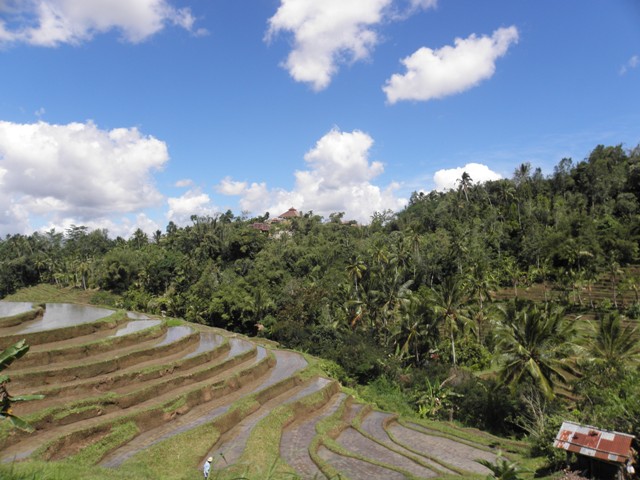
———————————————————————————————————
Source: The Expat April 2013
Read more:
What are your thoughts on this article? Let us know by commenting below.No registration needed.
"ExpatGo welcomes and encourages comments, input, and divergent opinions. However, we kindly request that you use suitable language in your comments, and refrain from any sort of personal attack, hate speech, or disparaging rhetoric. Comments not in line with this are subject to removal from the site. "
















